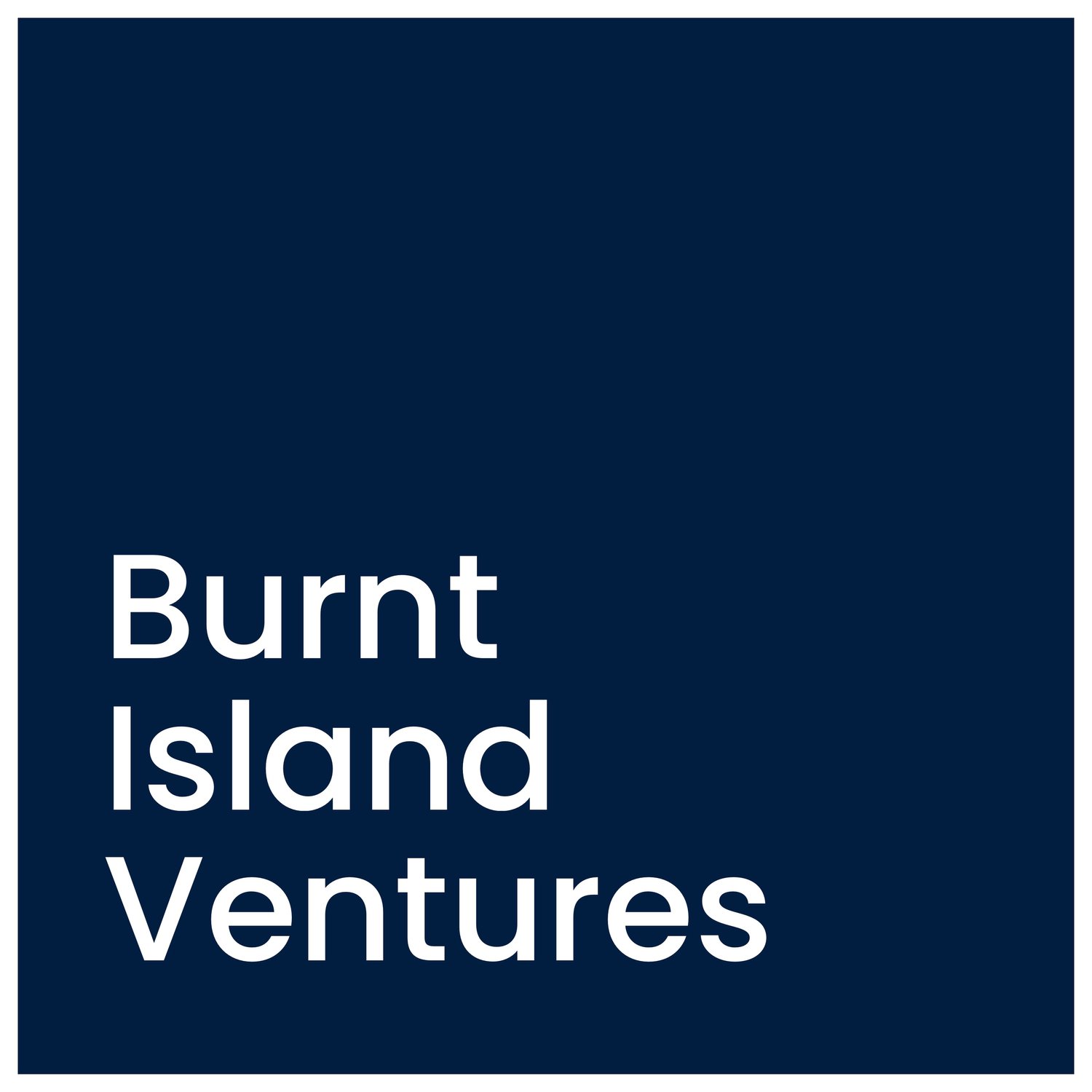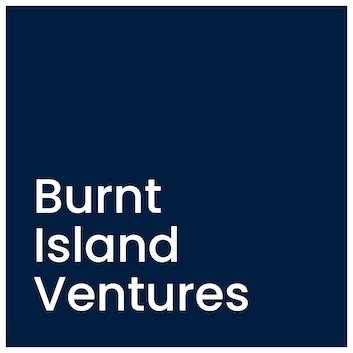Why We Invested in TeamSolve
Ever heard of the Silver Tsunami? No? It refers to the impact of the mass retirement of critical, experienced professionals in key industries. It’s a huge issue not just in water, but energy, construction and much more. An already aging workforce in these critical industries saw a sharp uptick in the number of retirements during the pandemic. This has drained the supply of skilled workers, who leave their roles taking their 40+ years of experience and knowledge of the systems they operated with them. As utilities usually lack digital systems to codify the insight of these experienced operators, the knowledge transfer between the departing generation and the new has been….not good. New operators need a way to get smart on complex systems fast, allowing them to become adept at solving problems in the field before older, more experienced workers move on. This is a phenomenon which if anything is accelerating.
Enter TeamSolve, a Generative AI operations and maintenance (O&M) assistant for water and energy utilities and commercial buildings, with the goal of tackling operational inefficiencies and the problems associated with workforce shortages - overall a $70.5bn+ market opportunity. TeamSolve’s co-pilot, Lily, uses a tech stack that combines a large language model (LLM) with a knowledge map to bring together historical asset and incident data, expert notes, troubleshooting guides, operating procedures, and folds in a wealth of tacit or field knowledge, making all of that information accessible to in-field operatives in a natural language interface via WhatsApp, Teams, or other accessible comms platforms. Operators of any level of experience can literally ask their phones questions, and receive real-time insight, coaching, instructions, manuals, warnings and more. Early results indicate that this yields 40% time savings for field teams, by enabling them to quickly find actionable and accurate information as and when they need it, and shortens the time to productivity of new employees by around 6 months - a lifetime when you’re operating something as critical, complex and precise as a utility.
We first met the team through our friends at Imagine H2O (though they had been colleagues of Christine for a long time), where TeamSolve made a very strong impression. We’re excited to support them on the next stage of their mission. Here’s why we did it.
Meeting the Customer and the Problem in the Field
Utility operations are hard. They require staff to identify, understand and fix issues based on insufficient data, with very little context on previous work done, not to mention time pressure. The reality is there’s lots of human error around data entry and logging, especially in field ops, as well as information silos. Inadequate capture, storage, and sharing of even the most simple data and observations means field staff can’t access the data they need. They rely on guesswork or starting from the very beginning of an assessment, and thus take longer to assess and fix issues - and spend more while doing it. Service disruptions caused by natural catastrophes (flash floods, blackouts, etc.) overlap with naturally aging assets. This means more frequent maintenance, further exacerbating these issues and highlighting the need for timely, informed, and effective intervention. TeamSolve’s system ensures operational teams miss nothing, as all forms of knowledge - historical asset and incident data, expert notes, guides, operating procedures, experiential and tacit knowledge - become centralized and accessible instantaneously through a well-understood interface. Field teams can operate more efficiently and effectively, and operational costs go down.
A Deep Understanding of the Workflow
TeamSolve’s understanding of their customers’ needs is one of the best we’ve seen yet, a reflection both of the deep experience of the founding team (who built and sold Visenti), and their 300+ conversations they held with water utilities across South East Asia, the UK, and the US as they built the product. Their tech addresses deep pain points around maintenance workflows, in particular, referencing SOPs and manuals, logging and understanding work that has been done previously, and training new operators. The result is a ~35% efficiency improvement for workforces in the form of better situational awareness incident response, optimized truck rolls and faster fault finding, deferred asset renewals and informed new roll-outs, and asset/operations/people insights on-demand. In doing this, they significantly reduce time efficiencies and protect against the loss of institutional knowledge in operations teams across water and building maintenance. It all starts with understanding the problem and the customer in serious depth.
A Better Customer Experience Removes Friction
This team is laser-focused on removing friction around adoption, and meeting customers where they are. The co-pilot integrates with mainstream communications tools already in use by field teams. And where it is difficult for customers to change established workflows, they have plugged into the back-end of existing tools as a supplementary system for reporting or insights, integrating with go-to work order systems. They also know that not every potential customer has complete or accurate historical data, so Lily can be set to capture and build up knowledge from scratch. The team works closely with clients throughout the onboarding process so they can adapt their process to what information is available.
An Exceptional Team Across 4 Continents - and emergent traction.
This team is among the strongest we have seen. The four co-founders, Mudasser, Ami, Robin, and Michael have all worked together in water for some time, having built up Visenti, acquired by Xylem in 2016. Mudasser Iqbal (CEO) is a proven startup leader. Michael Allen (CTO), Robin Wong (CCO), and Ami Preis (COO) are all pros. This is their second run as a team - they know what they’re doing, and their progress reflects their experience. They have engaged 10 pilots in just over 12 months, with $130k in orders.
Massive Adjacencies
TeamSolve currently serves three verticals - water, energy, and commercial buildings - and are well positioned to dominate the ‘first wave’ of Gen AI in water. Water is their beachhead, with a primary focus on utilities that are managing the full water cycle. The strength of their existing relationships (e.g. with PUB, with whom they worked while at Visenti & Xylem) and the opportunity here (need for digitisation, proliferation of pain points around knowledge capture and asset maintenance, counter-cyclicality, etc.) will help keep their focus on water. But it doesn’t hurt to know where your secondary and tertiary markets are likely to be. Energy is high impact, with strong early adoption of AI, and pain points similar to water - and huge. Wind and solar O&M are estimated at $34.8bn and $21.1bn each. Construction experiences shorter sales cycles, high volume, faster growth building on the more deliberate earlier markets. If they get this right, there’s quite a lot of lemonade to squeeze out there - or Lillies to harvest. Mudasser, Robin, Michael, Ami and all the team - thanks so much for letting us be a part of it, and welcome to the Burnt Island.

